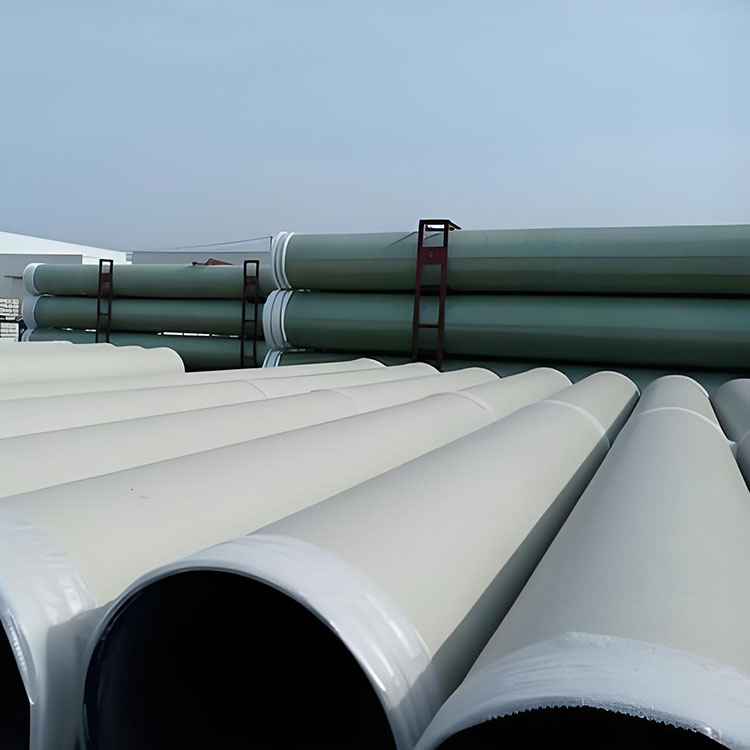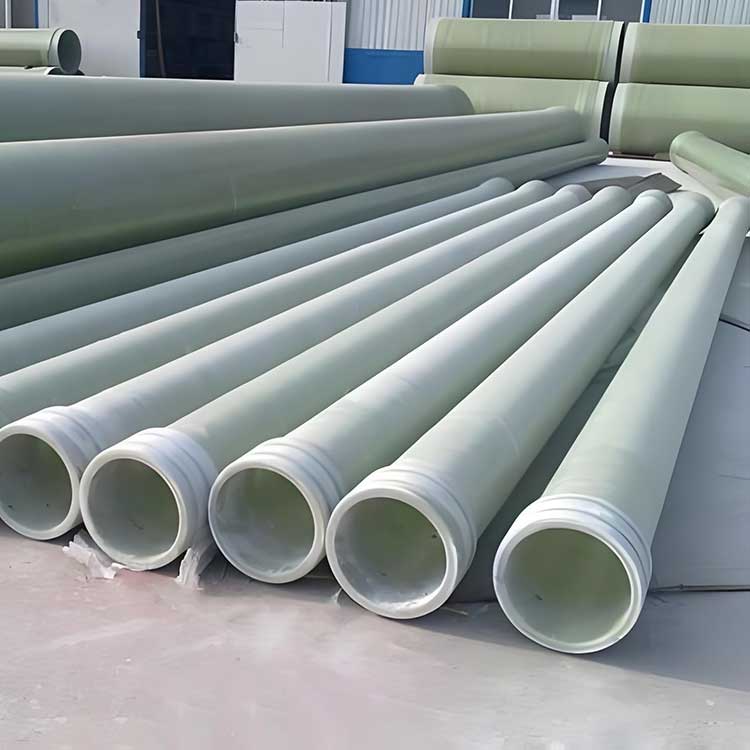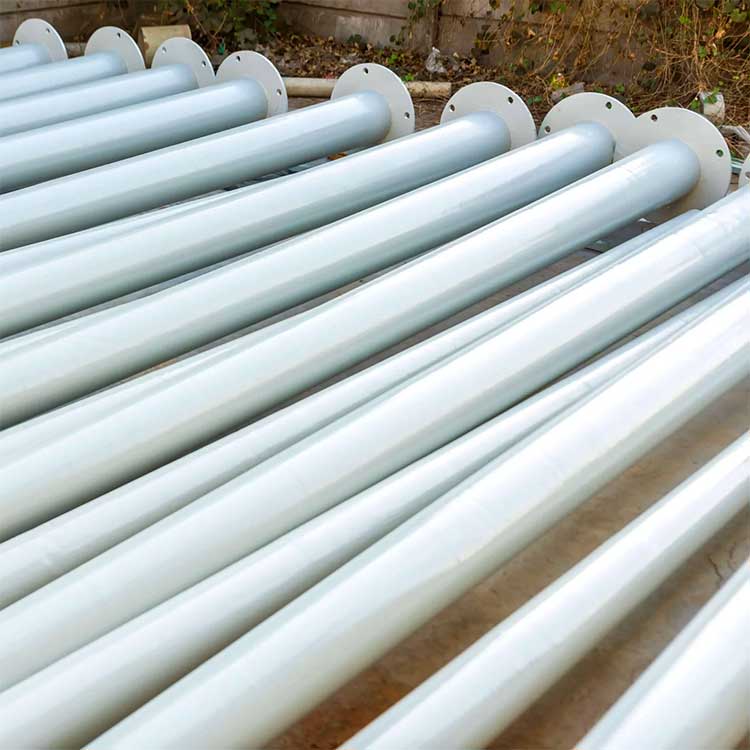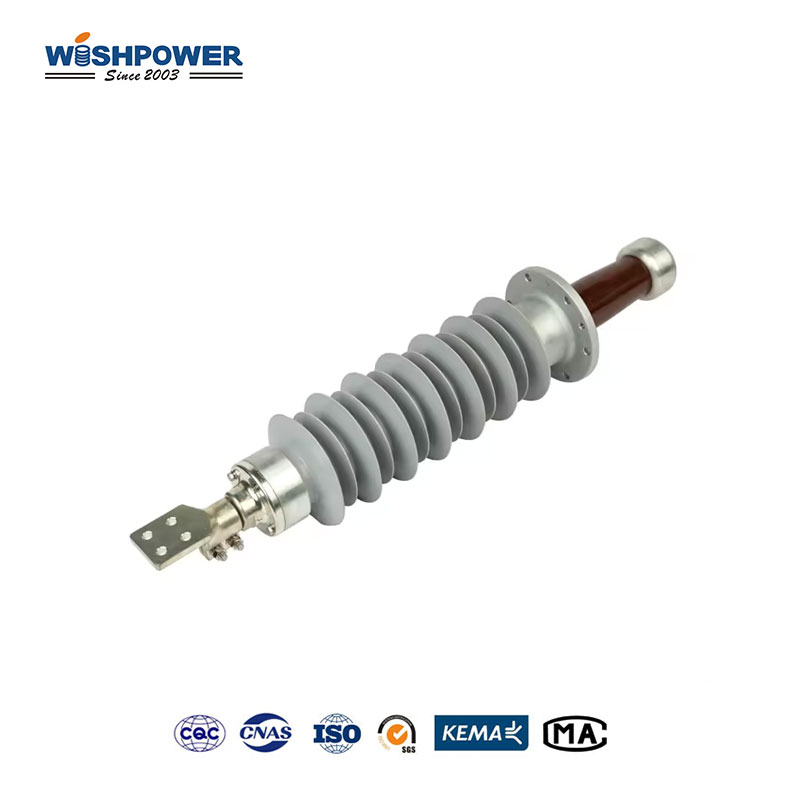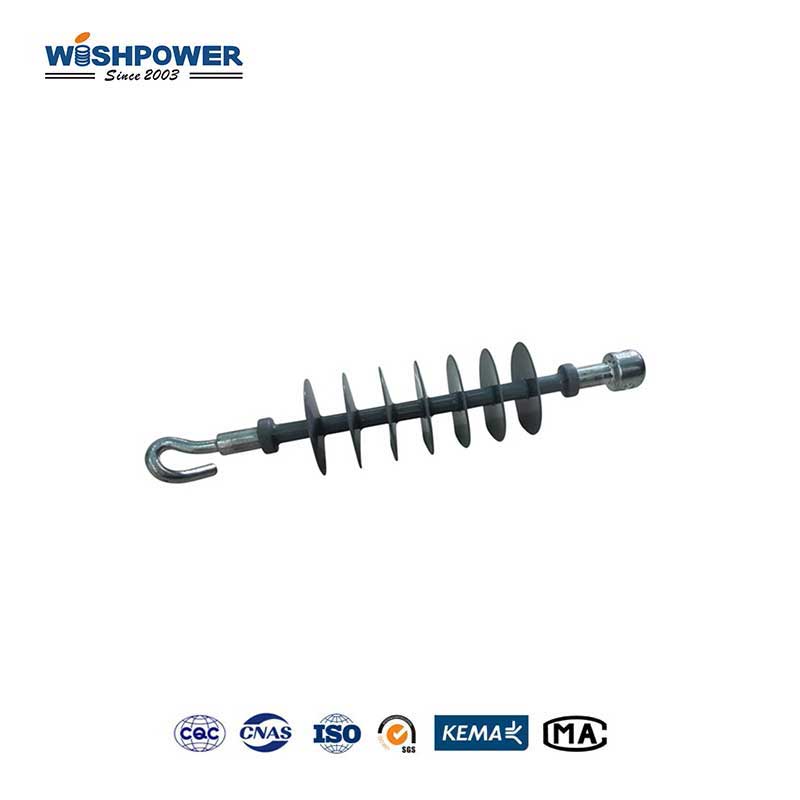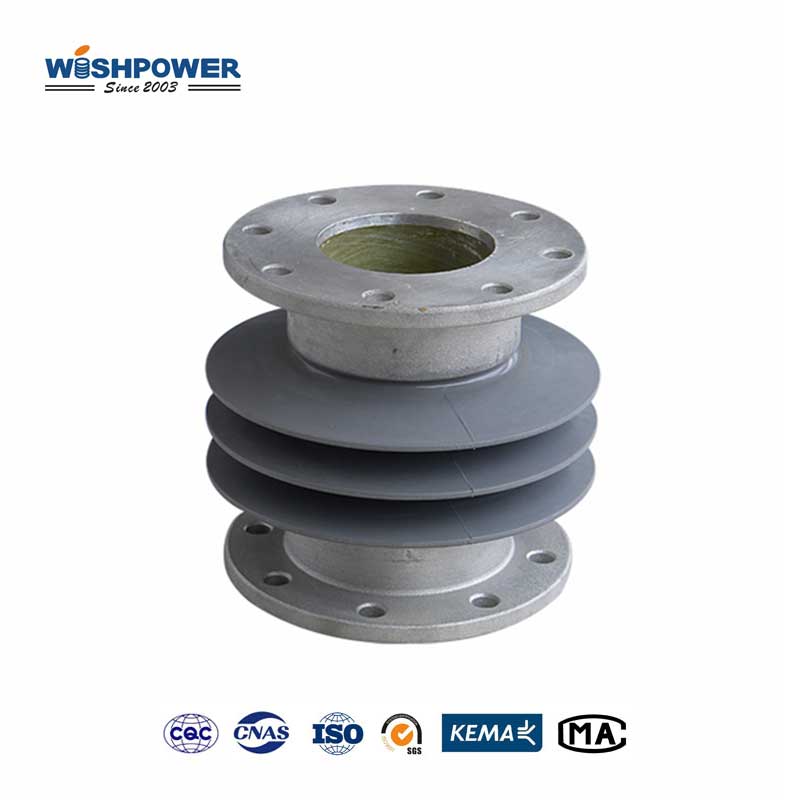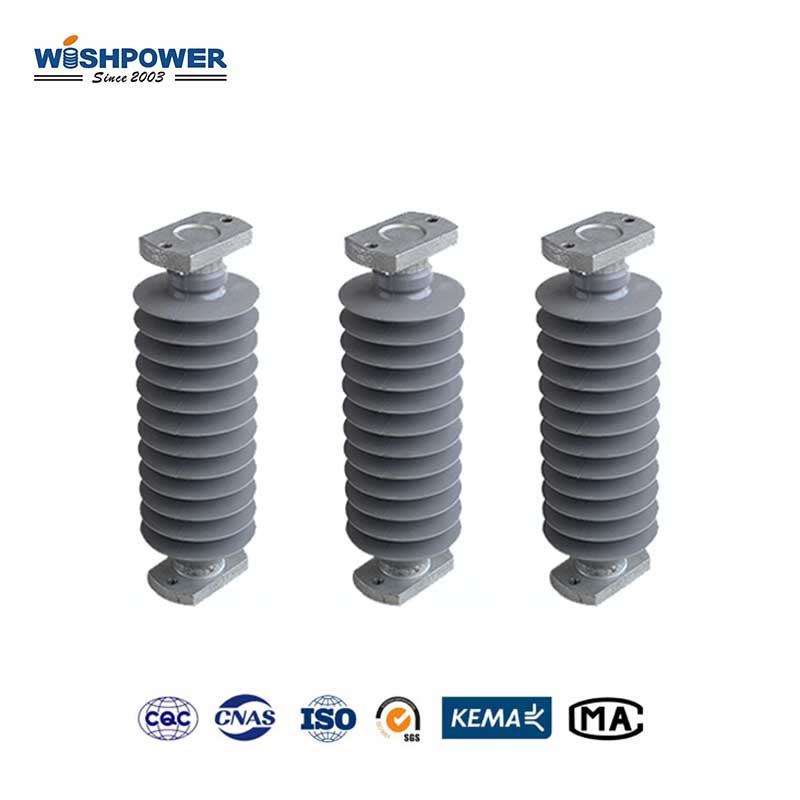What is the High Modulus Glass Fiber Reinforced Polyurethane Resin Composite Pole?
High Modulus Glass Fiber Reinforced Polyurethane Resin Composite Pole is an advanced structural component intended primarily for use in power transmission and/or distribution, utility, and other applications requiring high strength and durability. The material, a composite pole made of high-modulus glass fibers in a polyurethane resin matrix, is strong and lightweight — and compared to metals, provides uniquely good mechanical properties. The high-modulus glass fibers give rigidity to the pole and greatly increase its load-bearing capacity while the polyurethane resin gives flexibility, impact resistance, and resistance to environmental damage. As a combination of these materials, the composite pole offers excellent corrosion, moisture, and UV radiation resistance and is therefore well suited for outdoor environments and long-term applications. Unlike wood or steel rot, rust, and attract pests, this composite structure does not: its lifespan is extended and its maintenance needs are considerably reduced. Additionally, the pole is lightweight, making transportation and installation to difficult-to-reach locations easier.
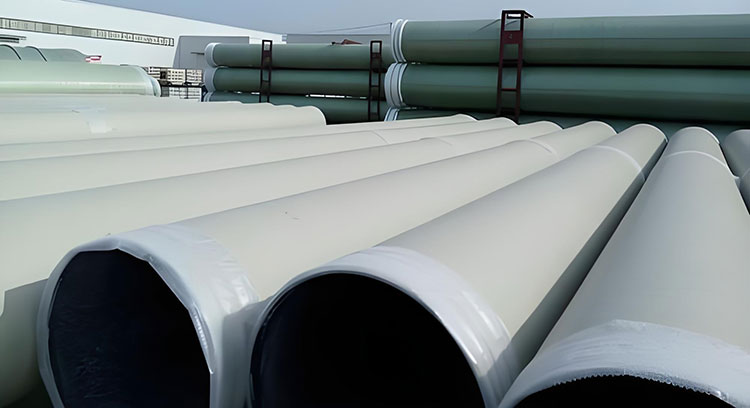
Features
- Exceptional Rigidity and Strength:
The pole includes high-modulus glass fibers embedded into it to increase stiffness and load-bearing capabilities that are resilient to bending or deformation under large loads.
- Lightweight Construction:
In comparison to steel and wood, this composite pole is simply lighter making it easier to handle, transport, and install, especially in remote or hard-to-reach locations.
- Corrosion and Weather Resistance:
The polyurethane resin matrix is moisture, chemical, and UV resistant to protect the pole from corrosion, rot, and environmental wear. For long-term use in a wide variety of climates from coastal to industrial, this is the best.
- Impact and Shock Resistance:
This inherent flexibility in the composite structure offers strong resistance to impacts, and possible vibrations, and initiates cracks or bends in wind, during seismic activity or accidental collisions in the structure.
- Low Maintenance Requirements:
Because the pole is durable and resists common modes of degradation there is minimal maintenance required, reducing lifecycle costs and service interruptions in power and utility networks.
- Electrical Insulation Properties:
Good electrical insulating properties make the composite material suitable for power transmission use where safety is ensured via the reduction of current leakage or a short circuit.
Benefits
- Extended service life:
Composite power poles are immune to environmental damage with corrosion, UV rays, and weathering and the composite power poles last longer than the traditional poles so less replacement of the poles is required.
- Enhanced safety:
This material is also non conducting which provides additional safety in power transmission applications. It reduces risks of electrical accidents or short circuits and increases operational safety as a whole.
- Cost-effective:
Composite power poles require a higher initial investment because they are typically more expensive than traditional materials, but as they are durable, low-maintenance poles they can offset higher costs with lower repair/replacement expenses over the long term.
- Environmentally friendly:
The environmental sustainability of its long service life as well as recyclability makes it an economically beneficial product. Rot-resistant, it also doesn’t require chemical treatment, like wood poles, these are a more eco-friendly choice.
- More aesthetically pleasing:
The product can be produced in several colors and finishes making it an aesthetically pleasing solution for cities and public spaces without sacrificing performance to other materials.
- Adapt to harsh environments:
These flexible durable poles will work well in extreme environments like strong winds, heavy snow, and seismic activity very frequently. They are suited to conditions over a broader area of the geographical space.
Application
- Power Transmission and Distribution:
Though well suited for the structure of overhead transmission lines that support them with relatively low mechanical loads and high power transmission efficiency, these composite poles are widely used.
- Telecommunications:
In telecommunications networks, it provides a reliable, sturdy support system that keeps the communication lines going — fiber optical cables and antennas. It is great for outdoor installation capabilities thanks to its resistance to environmental wear and isolation from electricity.
- Renewable Energy Projects:
Floating solar and wind are increasingly deployed to support equipment like solar panels or wind turbine generators. It has resistance to corrosion and environmental stress, making it ideal for long-term use in harsh outdoor environments.
- Urban Infrastructure:
The application to urban environments is of street lighting, signage, and decorative elements. Municipalities select durability and good looks yet its aesthetic versatility and low maintenance needs give it top billing.
- Rural and Remote Areas:
Because these poles have a lightweight structure and are easy to install, these poles are a good choice for remote areas or places with complex terrain. Rural distribution networks or remote communication stations use them often.
- Coastal and marine areas:
These FRP utility poles are resistant to saltwater corrosion so they are perfect for coastal areas with traditional materials like steel or wood that quickly degenerate because of the harsh marine environment.
Certificate

Factory

Hot Tags: High Modulus Glass Fiber Reinforced Polyurethane Resin Composite Pole, Composite Insulator, Thailand, manufacturers, ISO factory, wholesale, KEMA, high quantity, best, price, low to high voltage














